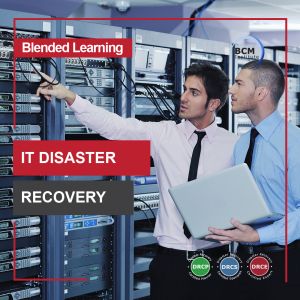Disaster Recovery
2. The Information Technology (IT) and telecommunications channels of an organization can be disrupted by an incident, emergency or disaster and affects its ability to provide critical business functions for some predetermined minimum period of time. Disaster recovery recovers the disrupted IT and telecommunications capabilities to ensure critical business functions can continue within planned levels of disruption.

(Source: Singapore Standard 540 - SS 540:2008)
3. See: Information Technology Disaster Recovery (ITDR).
(Source: Business Continuity Institute - BCI)
4. Activities and programs designed to return the entity to an acceptable condition. 1) The ability to respond to an interruption in services by implementing a disaster recovery plan to restore an organization's critical business functions.
(Source: Disaster Recovery Institute International / Disaster Recovery Journal - DRII/DRJ)
5. A plan for duplicating computer operations after a catastrophe occurs, such as a fire or earthquake. It includes routine off-site backup as well as a procedure for activating vital information systems in a new location.
(Source: ZDNet Definition for Disaster Recovery [1])
6. Immediate intervention taken by an organization to minimize further losses brought on by a disaster and to begin the process of recovery, including activities and programs designed to restore critical business functions and return the organization to an acceptable condition.
(Source: ASIS International - ASIS International)
7. Disaster Recovery refers to an IT-focused plan designed to restore operability of the target system, application, or computer facility at an alternate site after an emergency. The scope may overlap that of an IT Service Continuity Plan; however, the DR Plan is narrower in scope and does not address Business Impact Analysis. Also referred to as IT Disaster Recovery.
(Source: NIST SP 800-34)
(Source: ENISA - the European Network and Information Security Agency. BCM & Resilience Glossary)


